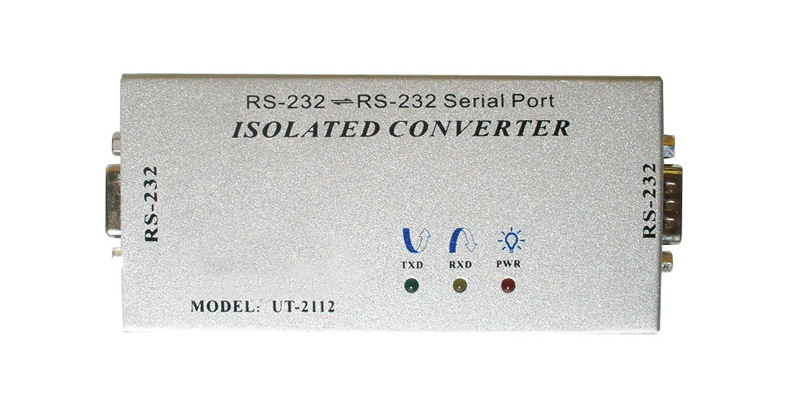

They are reliable devices when used in conjunction with fiber optic amplifiers, fiber optic ring lasers, fiber optic links in CATV applications, and high-speed and coherent fiber optic communication systems.

Optical isolators are used in many optical applications in corporate, industrial, and laboratory settings. Polarization dependant loss is the attenuation caused by polarization. Insertion loss is the attenuation caused by the insertion of an optical component. Isolation, generally measure in decibels (db), is a measure of how effectively back reflections are prevented and the degree to which the isolator can transmit. This characteristic is usually measured in nm. Center wavelength is the center of the wavelength range in which the isolator is designed to function optimally. Important specifications for optical isolators include center wavelength, isolation, insertion loss, and polarization dependant loss.

They must be directly mounted to the object that needs isolation.
#RS422 OPTICAL ISOLATOR FREE#
Free space isolators, by contrast, do not have an integral connection system. That is to say that they come with built-in fiber optic cable and connectors so that they may be integrated directly into a fiber optic system. Inline fiber optical isolators are designed in pigtail fashion. There are two major classifications of optical isolators: inline isolators (fiber optic isolators) and free space isolators. Max 1.2Km by 115.2Kbps, 24 AWG Twisted Pair Cable. Each RS-422 interface module carries its own (independent) common signal with separate ground references. Optical Isolation Protect: 5KV Opto Isolation(for RS-422/485) Surge Protection : 600W Surge Protection for RS-422/485 Signals(for RS-422/485) Performance. Ideally an isolator would pass all light in one direction and block all light in the reverse direction. 2-1 RS-422 Optical Isolator Design The Model 8381 - Optical Isolator has an internal opto coupler system providing optical isolation between the two interfaces (RS-422). Optical feedback degrades signal-to-noise ratio and consequently bit-error rate. They are most often used to prevent any light from reflecting back down the fiber, as this light would enter the source and cause backscattering and feedback problems. Optical isolators are passive optical devices that allow light to be transmitted in only one direction.


 0 kommentar(er)
0 kommentar(er)
